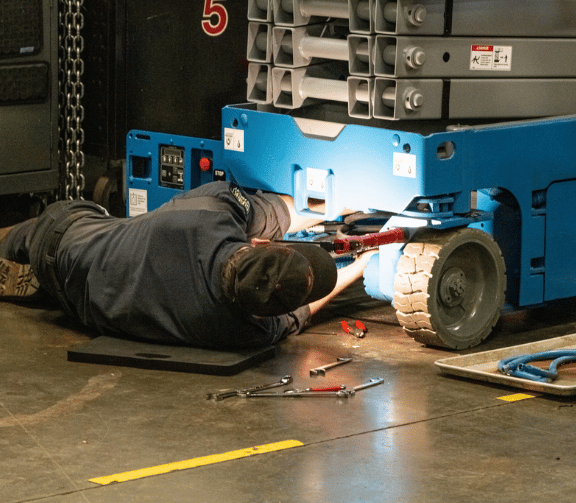Comprehending System Lift Dimensions: Important for Reliable Lift Service
Comprehending System Lift Dimensions: Important for Reliable Lift Service
Blog Article
Lift Maintenance Repair
Elevator Suite Britannia Street Tividale B69 2PG
01926 266127
A Comprehensive Method to Enhancing Performance Via Strategic Lift Fixing Methods
A critical and systematic strategy to raise repair service and upkeep is important to make best use of efficiency and lessen downtime. By resolving typical lift issues, implementing proactive upkeep steps, and establishing targeted fixing strategies, facilities can enhance their lift systems to run at peak performance degrees.
Value of Lift Performance Optimization
Comprehending the importance of optimizing lift efficiency is vital for guaranteeing effective and dependable vertical transportation systems in various structures and structures. Lifts are important components of contemporary framework, offering upright flexibility for passengers and items within buildings of varying elevations. By optimizing lift efficiency, building proprietors and center managers can boost customer experience, improve power efficiency, and rise total operational efficiency.
Reliable lift performance optimization includes different factors, consisting of rate, capacity, power safety, upkeep, and intake requirements. Effectively enhanced lifts can minimize wait times for customers, particularly in high-traffic buildings, causing boosted complete satisfaction and efficiency. Additionally, maximized lifts add to power savings by utilizing advanced control systems and modern technologies that minimize power consumption without compromising performance.

Identifying Common Lift Issues
Determining typical lift problems is important for preserving the operational effectiveness and security of vertical transport systems in structures. This problem can be a measure of troubles with the lift's motor, control system, or even the placement of the lift auto.
Another common lift issue is unusual noises originating from the lift shaft or machinery space. These sounds can range from grinding or scuffing noises to loud clunking sounds, all of which may signal underlying mechanical problems that call for prompt attention. Additionally, frequent door malfunctions, such as doors closed or shutting appropriately, can interrupt the smooth flow of passengers and posture safety threats.
Applying Aggressive Maintenance Measures
To optimize the efficiency and long life of lift systems, positive maintenance measures play a critical duty in making certain functional dependability and safety. lift breakdown. Implementing aggressive upkeep involves methodically inspecting, servicing, and fixing elements prior to they stop working, hence preventing costly downtime and prospective safety hazards. Routinely scheduled examinations can help determine small concerns prior to they intensify into significant troubles, eventually extending the life expectancy of lift systems
One key element of proactive maintenance is producing a comprehensive maintenance timetable based on maker recommendations and sector finest techniques. This routine needs to describe jobs such as lubrication, positioning checks, and part replacements at defined periods. Additionally, executing problem surveillance techniques, such as vibration evaluation and thermal imaging, can help identify early indications of wear or breakdown.
Furthermore, training upkeep staff on appropriate examination techniques and precautionary upkeep procedures is vital for the effective implementation of positive maintenance measures. By fostering a culture of positive upkeep within a company, lift systems can operate at peak efficiency degrees, minimizing disruptions and making sure the safety and security of individuals.
Developing Targeted Repair Work Plans
Upon evaluating the upkeep records and performance information, the engineering team can establish targeted repair service strategies to optimize and resolve details concerns lift system functionality. These fixing strategies are tailored to the identified problems, ensuring that resources are concentrated on solving essential problems effectively. By focusing on repair services based upon their effect on performance and safety and security, the targeted repair plans aid decrease downtime and maintenance prices while making best use of the lift system's integrity.
Establishing these plans involves a detailed analysis of the lift system parts, consisting of electric motors, cables, brakes, and control systems. Through this thorough evaluation, the design team can determine the origin of any breakdowns or degradation in efficiency. This info is after that made use of to create a roadmap for the fixing process, laying out the required actions, timeline, and resources called for to deal with each concern you could try this out efficiently.
Additionally, targeted repair service plans may consist of preventative steps to boost the lift system's durability and efficiency. By proactively addressing prospective concerns before they rise, these plans contribute to the total efficiency and security of the lift system.
Making Use Of Data-Driven Insights
Utilizing the power of data-driven insights is important in enhancing lift system efficiency and upkeep effectiveness. These anticipating upkeep techniques assist prevent unforeseen malfunctions, my website minimize downtime, and prolong the lifespan of lift systems.

Final Thought
To conclude, enhancing lift efficiency is critical for ensuring effectiveness and security in structures. By determining common lift concerns, executing positive maintenance measures, establishing targeted repair work strategies, and making use of data-driven understandings, organizations can improve efficiency and reduce downtime. It is necessary to take a detailed strategy to raise repair service methods to make the most of functional performance and make sure the durability of lift systems.
By attending to typical lift issues, executing aggressive maintenance steps, and developing targeted repair strategies, facilities can enhance their lift systems to operate at peak efficiency degrees.One more prevalent lift issue is unusual sounds rising from the lift shaft or machinery room.Upon examining the maintenance records and performance information, the engineering team can create targeted repair work strategies to resolve certain issues and maximize lift system functionality. By focusing on repair services based on their influence on efficiency and safety, the targeted fixing strategies help lessen downtime and upkeep costs while taking full advantage of the lift system's reliability.
It is crucial to take an extensive strategy to lift repair service strategies to my review here optimize functional performance and make sure the long life of lift systems.
Report this page